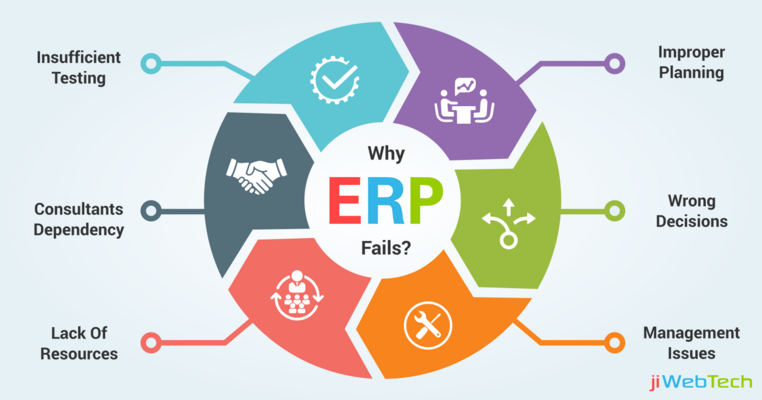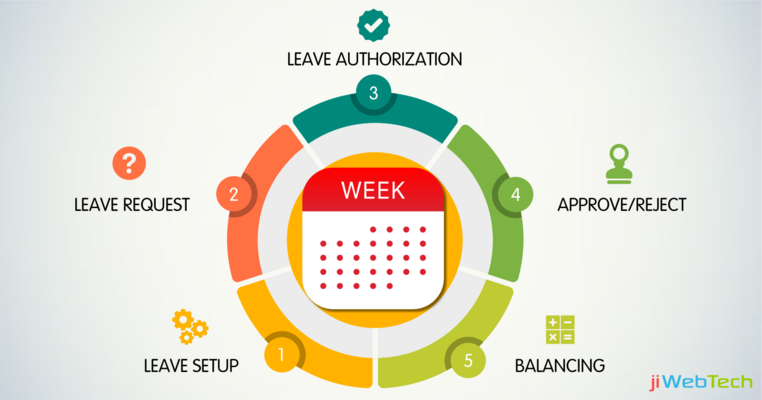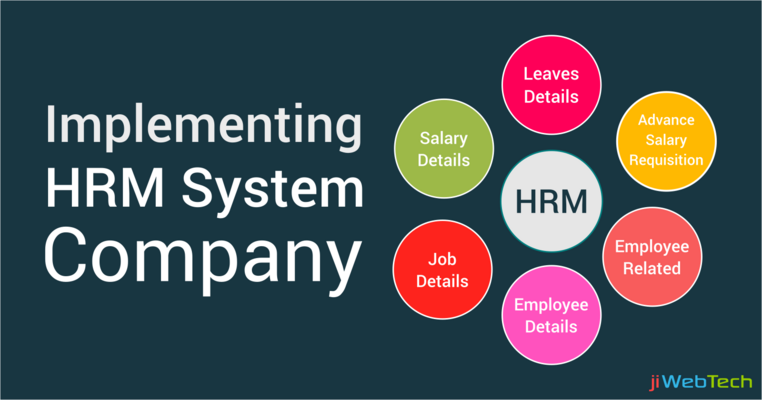- Jun 26, 2025
- Communication
- 2233
Share this post on:

According to Statista, the communication solutions market is projected to reach $1.5 trillion by 2025. An organization faces numerous challenges with internal communication, including data silos, email overload, and remote work complexities. A study says that around 60% of business professionals face communication crises monthly due to issues in communication and collaboration, impacting productivity.
A study done by Deloitte says that companies that prioritize effective internal communication are 4.5 times more likely to have highly engaged employees. Furthermore, McKinsey & Company research indicates that companies utilizing advanced communication solutions are more productive.
Smart communication solutions integrate numerous communication channels, enable real-time interactions, and create a culture of transparency and collaboration. These solutions break down barriers between departments, streamline workflows, and develop a unified platform for employees. These are advanced digital platforms, using technologies such as artificial intelligence, automation, and cloud computing. Smart communication solutions integrate numerous communication channels as follows:
Unified Messaging: Combining emails, instant messaging, and voice calls into one interface reduces the need to switch between apps and helps maintain context.
Video Conferencing: High-quality, reliable video meetings enable face-to-face interactions that are important for relationship building and complex discussions.
Document Collaboration: Real-time co-editing, version control, and centralized storage facilitate teamwork on shared documents.
Task and Project Management: Integrated tools track assignments, deadlines, and progress, improving accountability and transparency.
AI and Automation: Smart communication offers features like smart notifications, conversation threading, and workflow automation to reduce manual effort and cognitive load.
Key Benefits of Smart Communication Solutions
With the rise in digital technologies and the globalization of workforce's, traditional ways of communication don’t work effectively. So, what are the solutions? Smart communication solutions are transforming the ways communication works in an organization. Here are the key benefits of smart communication solutions for your organization:
Enhanced Productivity: A smart communication platform reduces the time taken by employees searching for information or switching between disconnected tools. These platforms include Microsoft Teams, which allows you to communicate and collaborate in real time from anywhere at any time. A study says that implementing tools can boost productivity by up to 25%. Automation streamlines routine tasks, including scheduling meetings and sending reminders.
Improved Engagement: Effective communication helps companies maintain transparency and develop spaces for social integration, recognition, and feedback. These platforms support real-time messaging, virtual brainstorming, and collaborative document editing. According to Gallup, engaged teams are 21% more profitable.
Seamless Iteration: Smart communication solutions can integrate with existing workplace tools, such as CRM systems and project management platforms, and develop a unified digital ecosystem. This integration reduces the friction caused by tool switching and ensures.
Flexible and Remote Work: The rise of remote and hybrid work models demands communication tools that support flexibility. Smart communication solutions enable employees to connect and collaborate from any device and location, ensuring business continuity and inclusivity. Mobile accessibility and cloud-based platforms empower remote teams to stay informed and engaged, bridging the gap between physical and virtual workspaces.
Enhanced Security and Compliance: With sensitive business information flowing through communication channels, security is paramount. Leading smart communication platforms embed robust security protocols, compliance features, and governance controls to protect data and reduce risk. Features like secure document collaboration, audit trails, and controlled access ensure that organizations meet regulatory requirements while enabling collaboration.
Best Practices for Implementing Smart Communication Solutions
Implementing smart communication solutions within an organization is a strategic initiative that can increase collaboration, productivity, and employee engagement. However, businesses must follow the best practices:
Use SMART Framework: Before selecting or deploying any communication platform, it is crucial to establish clear, measurable objectives. This can easily be done using the SMART framework. SMART stands for Specific, Measurable, Achievable, Relevant, and Time-bound, helping businesses ensure that communication goals are focused and aligned with great business strategies.
Requirement Analysis: Do you know the current communication challenges of your business? Knowing your communication challenges, workflows, and user needs is crucial. A detailed requirements analysis helps define the features and capabilities needed, such as unified messaging, video conferencing, document collaboration, or AI-powered automation. This step reduces the risk of investing in solutions that do not fit organizational needs and ensures that the platform supports both current and future communication demands.
Right Tools: Selecting a communication platform should go beyond feature checklists. Consider factors such as scalability, ease of use, security, and integration capabilities. The chosen solution must align with the organization's culture, whether it favors formal communication or more open, social interactions, and support the way teams work.
Planning and Project Roadmap: A structured implementation plan outlines key milestones, responsibilities, timelines, and resources required. This plan should include phases such as pilot testing, full rollout, training, and ongoing support.
Collaborative Communication: Ensure that the communication solutions are embedded within everyday business processes. Integration with project management, CRM, HR systems, and other enterprise applications streamlines workflows and reduces duplication. Automation features, such as smart notifications and workflow triggers, can enhance responsiveness and reduce manual effort. This integration fosters a seamless digital workplace where communication supports productivity rather than becoming an additional task.
Ensure Security: Since internal communications often involve sensitive information, it’s really important to choose tools that have strong security features. This means things like encrypting data so only the right people can see it, controlling who has access, keeping records of activities, and following industry rules. It’s also important to clearly explain to employees how their data is used and protected so they feel confident and trust the system. Security shouldn’t be an afterthought; it needs to be part of every step when setting up the new communication tools to keep company information safe and meet all legal requirements.
Integrate Communication: For communication tools to really help, they need to be part of daily work. They should connect with other systems like project management, customer tracking, and HR tools. This makes work easier and stops people from doing the same job twice. Features like smart alerts and automatic actions help people work faster and spend less time on boring tasks. When everything works together, communication helps people get their work done without extra hassle.
Final Words
Smart communication tools are changing how employees work and talk with each other. These tools help people in a company share information and ideas more easily. This is very important for companies that want to succeed in today’s fast and busy world.
By putting different ways of talking, such as messages, emails, and video calls, into one system, using smart technology like AI and automation, and encouraging honest and open communication, companies can become more productive and creative and make workers happier.
When companies use these tools in a smart way, with clear goals, and keep improving them, they can help teams work better, support flexible work, and stay strong in the market. This creates a workplace where teamwork is easy, communication is clear, and people can do more together. Using smart communication tools is not just about new technology. It is an important step that changes how people work, connect, and succeed. Want to learn more about smart communication solutions? jiWeb Technologies is here to help. Contact us to learn more.














